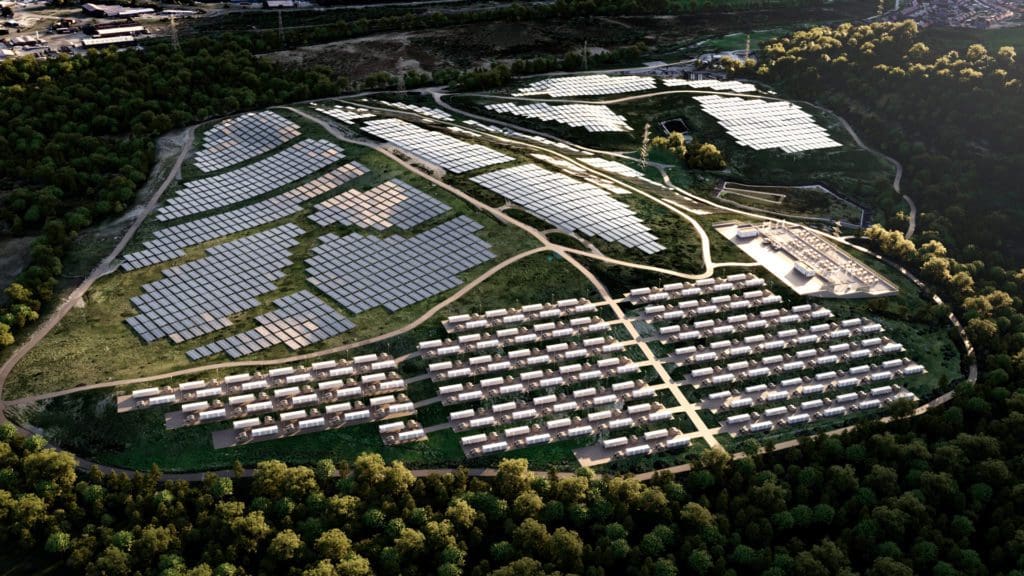Major plans aimed at helping Swansea reach its net zero city target by 2050 are picking up pace.
Expansion proposals are already being explored for a Swansea Council-run solar farm due for construction on land at the former Tir John landfill site in Port Tennant.
Under recently approved plans, the 11-hectare solar farm would be made up of 5,500 solar panels that would combine to generate 3MW of green energy a year.
It’ll be located on land that’s been capped and grassed over since Tir John was closed as a landfill site.
Subject to approval in future though, expansion proposals are also in the pipeline that would repurpose the whole Tir John site as part of the £4bn Swansea port development formerly known as Blue Eden.
If the expansion plans go ahead, they’d lead to a solar energy facility capable of generating over 11,000 MWh a year when fully operational to create a development of national significance.
Funded by the private sector, the Swansea port development project that also includes a proposed tidal lagoon is being led by DST Innovations. If the solar farm expansion plans go ahead in future, the council would lease the land to the company.
Cllr Rob Stewart, Swansea Council Leader, said: “We were among the first councils in Wales to declare a climate change emergency and are doing all we can to cut the city’s carbon footprint.
“Developments like the new solar farm to be constructed and the potential for its expansion in future are important because they’ll contribute to the net zero city target we’ve set for 2050, while helping the Welsh Government reach its ambition for 70% of energy consumed in Wales to be from renewable sources by 2030.
“The ability to sell the green energy produced at the solar farm to the grid and other organisations will also generate revenue for the council that would be reinvested back into council services for the benefit of our residents and businesses.”
Cllr Andrea Lewis, Swansea Council’s Joint Deputy Leader and Cabinet Member for Service Transformation, said: “This is among a package of measures the council is putting in place as we look to tackle climate change and leave as sustainable a city as possible for our children and generations to come. We have the largest green vehicle fleet of all councils in Wales and more than 1,200 council homes in Swansea are set to get solar panels on their roofs to help tenants generate green power while cutting their energy bills.
“Lots more natural greenery is also being planted throughout the city and new developments are expected to include ways that will help further cut Swansea’s carbon footprint.”
Other proposed elements of the Swansea port development include the potential expansion of the Fabian Way park and ride site to create a green energy transport hub to feature a hydrogen manufacturing station for hydrogen-powered transport and plenty of electric vehicle charging points.
An expanded solar farm at Tir John could link to this transport hub and other features of the overall project to maximise use of the green energy generated on site.
The overall Swansea port development project is also proposed to include a new high-tech battery manufacturing facility, a battery farm to store the energy generated on site, and a floating solar facility.
A hyper-scale data centre, an oceanic and climate change research centre and energy-efficient eco homes anchored in the water are also proposed for inclusion, along with a new district heating system using renewable energy.

